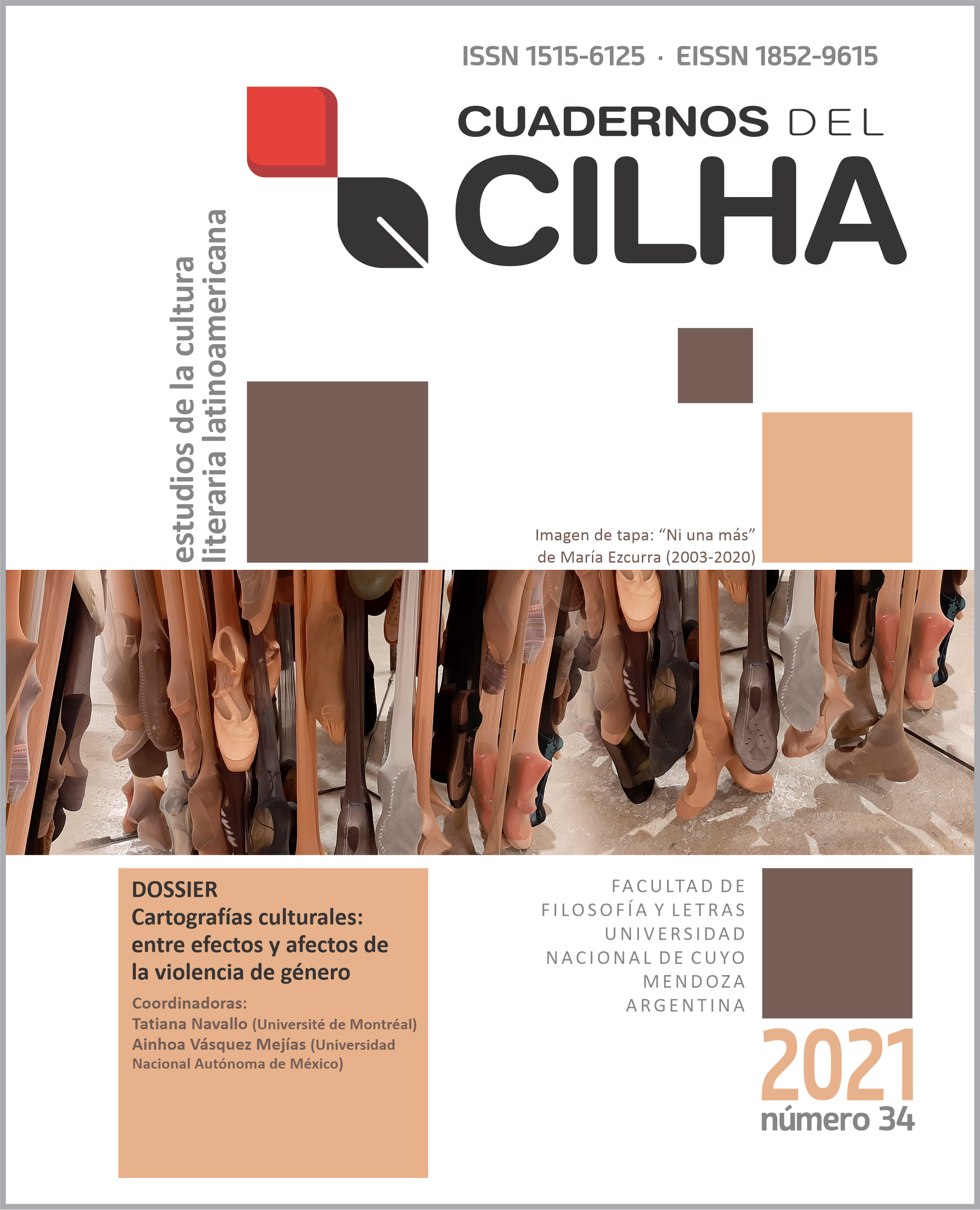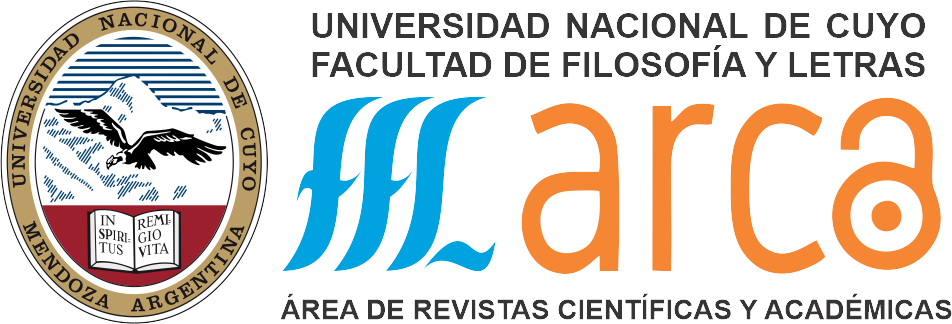Other bodies, other gazes: Forms of Gender violence in Montacerdos de Cronwell Jara (1981) y “Sangre coagulada” de Mónica Ojeda (2020)
DOI:
https://doi.org/10.48162/rev.34.016Keywords:
Peru, Ecuador, Gender Violence, NarrativeAbstract
The necropolitical culture of Latin American societies continues to discriminate against the subjectivities that escape from the colonial matrix of power, against all those who are not male, white, middle/upper class and heterosexual. Literature, as a mode of resistance to the different types of violence against women, works with forms of representation that make visible the gender dynamics and their intersections with social class and race. This article focuses on two narrative texts that represent female subjectivities in the face of gender violence: The novel Montacerdos by the Peruvian writer Cronwell Jara (1981) and the short story "Coagulated Blood" by the Ecuadorian Mónica Ojeda (part of the collection Las voladoras, 2020). Despite the four decades that separate the publication of both texts, this analysis will allow us to find some common points in their narrative strategies and modes of representation of female subjectivities: the gaze of girls as storytellers, use of repetitions, comparisons and metaphorizations between the human and the animal, the representation of sexual violence and abortion, the creation and maintenance of affective bonds in the face of a society that attacks them, as well as the presentation of other ways of knowledge. These strategies account for other bodies and other gazes that reveal and make visible the ways in which gender violence destroys and makes life precarious for women in Latin America.
References
Butler, J. (2004). Lenguaje, poder e identidad. Síntesis.
Cárcamo-Huechante, L. (2005). Cuerpos excedentes: violencia, afecto y metáfora en Montacerdos de Cronwell Jara. Revista de Crítica Literaria Latinoamericana, XXXI (61), 165-180. https://www.jstor.org/stable/25070266
Federici, S. (2004). Calibán y la bruja. Mujeres, cuerpo y acumulación originaria. Traficantes de sueños.
Giorgi, G. (2014). Formas comunes: Animalidad, cultura, biopolítica. Eterna Cadencia.
Jara, C. (2006). Montacerdos. Editorial San Marcos.
Kaplan, B. (2007). Género y violencia en la narrativa del Cono Sur: 1954-2003. Tamesis.
Mannarelli, M. (2018). La domesticación de las mujeres. Patriarcado y género en la historia peruana. La Siniestra ensayos.
Motta, A. (2019). La biología del odio. Retóricas fundamentalistas y otras violencias de género. La Siniestra ensayos.
Ojeda, M. (2020). Las voladoras. Páginas de Espuma.
Segato, R. (2003). Las estructuras elementales de la violencia. Série Antropologia, 334, 1-19. http://www.escuelamagistratura.gov.ar/images/uploads/estructura_vg-rita_segato.pdf
Segato, R. (2021). Crueldad: pedagogías y contra-pedagogías. Lobo Suelto web. http://lobosuelto.com/crueldad-pedagogias-y-contra-pedagogias-rita-segato/
Silva Santisteban, R. (2009). El factor asco. Basurización simbólica y discursos autoritarios en el Perú contemporáneo. Repositorio Institucional Universidad de Pacífico. https://repositorio.up.edu.pe/handle/11354/990
Yushimito, C. (2013). Ilegitimidad y fantasmagoría política: Una lectura del sujeto desechable en Montacerdos de Cronwell Jara. Anales de Literatura Hispanoamericana. (42), 29-40. https://revistas.ucm.es/index.php/ALHI/article/view/43038/40840





















